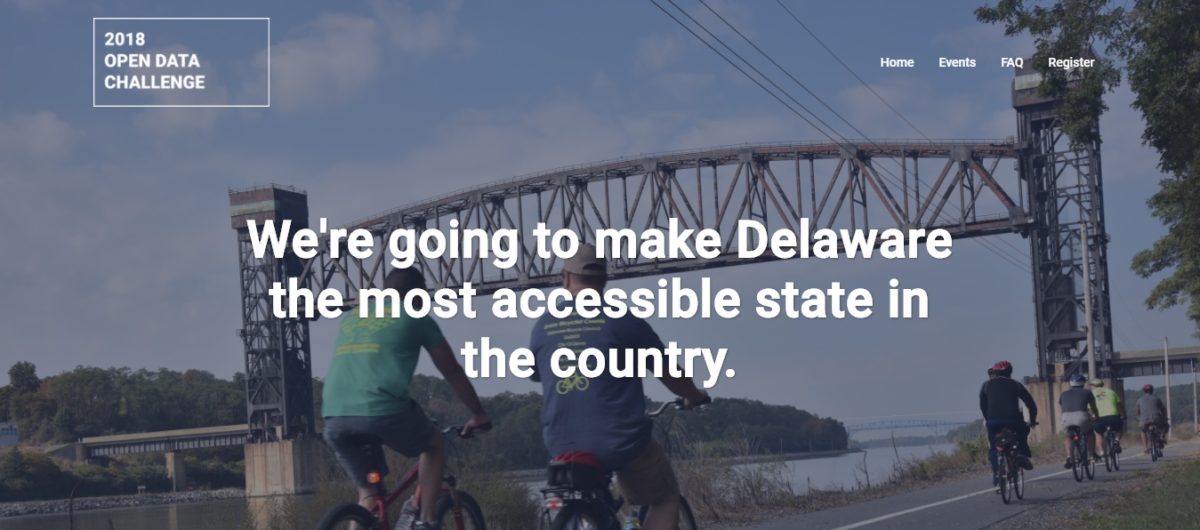Friday, July 26, marked the 29th anniversary of the Americans with Disabilities Act (ADA). When it was signed into law in 1990, no one anticipated the important role the internet would play in peoples’ lives in the 21st century.
“Web accessibility” is a term that means ensuring equal access to all content, transactions and merchandise on a website, regardless of a user’s ability. Although Title III of the ADA defines standards for the physical locations of businesses to properly accommodate people with disabilities, it provides no guidance for the internet — or web-based and mobile applications — and many businesses are often left wondering specifically how it affects them.
This lack of clarity hasn’t slowed plaintiffs from citing Title III as the rationale for legal action related to web accessibility. In 2018, more than 2,250 federal lawsuits were filed against websites for ADA compliance issues, a tripling in number from 2017.
This upward trend makes now the right time to consider whether you’re falling for the six most common misconceptions about making your website and other digital assets accessible to people with disabilities.
1. No one’s complained, so there’s no problem.
If no one has ever complained to you directly, you may not believe web accessibility challenges are turning away customers. But, a recent survey found that 71% of people with disabilities will leave and never return to a website when they find that it’s difficult to use. Further, nine out of 10 of these kinds of site visitors won’t take the time to reach out and file a complaint before they leave.
For these reasons, and with U.S. Census data showing that about one in five Americans are living with a disability, it’s quite possible that you have an incomplete picture of the accessibility challenge for your business.
2. There’s no clear legal standard, so I can’t possibly be sued.
Domino’s Pizza was recently sued by a blind plaintiff when he claimed he could not order a customized pizza using the company’s website or mobile app. Domino’s argued that it couldn’t be realistically expected to make its digital assets accessible to people with disabilities because there are no web-specific benchmarks that appear anywhere in the ADA. But, in January, a circuit court, in a groundbreaking decision, cited the ADA’s general requirements for providing auxiliary aids as the legal basis for why Domino’s must comply.
3. Websites and mobile apps aren’t public “places.”
During a lawsuit filed by a user with vision disabilities, a judge decided that grocer Winn-Dixie’s website is integrated with the company’s brick-and-mortar presence and is, therefore, subject to the ADA. Domino’s similarly argued that the bulk of their services could be provided to disabled individuals at their physical locations, but with no success.
As the internet becomes increasingly ubiquitous, more critical services are moving online and businesses are increasingly providing content through websites and apps that supplement the in-person shopping experience. Because of the public nature of the web and the high relevance of this content, accessibility on sites and apps is fair game.
4. I have an automated testing tool, so I’m all set.
Automated testing, depending on the sophistication of the tool, can only detect 30 to 40% of accessibility errors. The class action lawsuit against Beyoncé for her website’s inaccessibility is a case in point: User1st scanned Beyoncé.com with an automated testing tool and found that the site scores extremely well — around 94% compliance with World Wide Web Consortium standards. But, when we manually scanned the site — from the perspective of how a person with a disability would actually navigate the site — we found a number of glaring issues that make the website difficult, if not impossible, to use by someone who is not using a mouse.
To be clear, Beyoncé is not being singled out; the accessibility challenge applies to every website maintained by a celebrity, company and organization. But, web development teams typically take a bare minimum approach to accessibility. As the growing number of lawsuits attest, checking off a bunch of technical boxes is no longer enough. Automated testing tools are a good place to start, but many checks for accessibility require human intervention and judgment.
5. Compliance now means compliance always.
Accessibility is akin to cybersecurity — it needs to be thought of as a continuous process, not a destination, because websites are living, breathing entities that are always changing as new pages and content are developed, and site function or navigation changes.
Much like you would maintain your business’s level of cybersecurity, it’s important to test and remediate for accessibility early and often. That’s why accessibility means continuous upkeep, and it’s why it needs to be an integral part of each and every web development cycle to ensure that all the moving parts of a website are manageable for both companies and people with disabilities.
6. Web accessibility hurts website quality.
Accessibility has nothing to do with a website’s visual attractiveness. This myth is based on the technology limitations that existed many years ago when text-only web design was often considered the best way to achieve accessibility.
Today, accessible websites can be rich with images and videos. Also, because search engine optimization (SEO) focuses on the perception of relevance, the best practices of web accessibility align with SEO best practices. This is why it’s critical to ensure that your web content is properly categorized and structured, alt text is descriptive and includes context on why it appears with the rest of the page content, and anchor texts appear with links that describe the destination page, among other features — all of which are mutual wins for both SEO and people with disabilities.
###
As the issue of web accessibility continues to grow in prominence. dispelling with these common myths is an important first step toward better serving the large, potential target market of people with disabilities.







